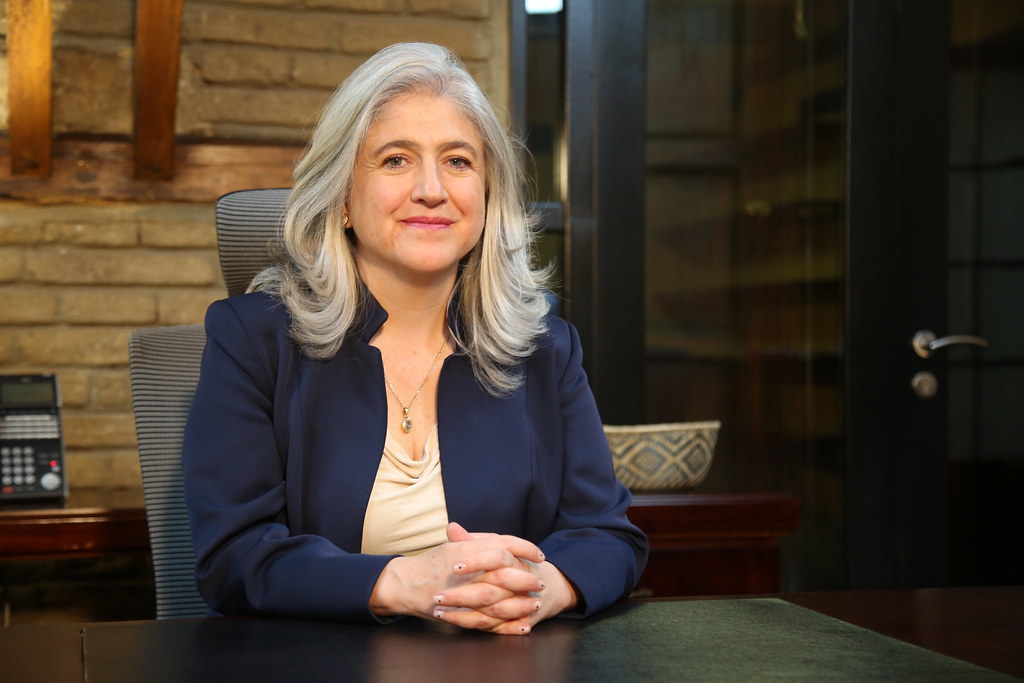
Colombia’s housing market faces challenges in 2024, as sales drop further. During the first two months, there was a 24.5% decrease in real estate transactions. The Colombian Chamber of Construction (Camacol) highlights a 22.5% reduction in the purchase of affordable homes, marking a continuous 20-month decrease.
This downturn follows a difficult 2023 for the industry, with sales plummeting nearly 45% from 2022. Despite hopes for recovery, the trend persists into the new year. Between January and February, Colombia saw only 20,285 home sales, a 24.5% fall from the previous year’s corresponding period.
According to experts, the high-interest rates that Colombia still maintains are one of the main causes of the contraction of the real estate market, although not the only one.
250,000 housing projects per year
Guillermo Herrera, the Executive President of the Colombian Chamber of Construction (Camacol), stresses the need for a more robust construction sector in Colombia. With the country’s population dynamics in mind, there’s a call for the capacity to initiate over 250,000 housing projects annually. Presently, the figure hovers below 130,000 units, falling short of the necessary pace to keep up with the yearly household formation estimated at 370,000, not to mention addressing the significant housing shortfall impacting around 1.3 million households.
“A dynamic population requires a construction sector that expands its production over time and policy instruments that allow more and more Colombians to become homeowners,” said Herrera, who took the opportunity to ask the government to make a greater effort in public investment in housing.
The president of Camacol points out that while high interest rates, now at 12.75%, are affecting the housing market, they are not the sole cause of its downturn. Guillermo Herrera emphasizes that simply lowering interest rates won’t be enough to revive the market. Instead, he suggests that the introduction of public housing programs at both national and local levels is essential for a quick and effective recovery.

Public investment the key
Camacol also states that “the country has a set of instruments to promote reactivation based on housing construction that has been effective in the past and demands an investment much lower than the impact they can generate in the sector and the economy.” According to the guild’s estimates, with an additional public investment of 1 trillion pesos, close to 40 trillion pesos in sales would be mobilized, which would boost more than 270,000 jobs per year for four years.
For Camacol, the involvement of the government is crucial in revitalizing the housing sector. Despite the anticipated reduction in interest rates to make credit more affordable, this step alone is deemed insufficient. Guillermo Herrera argues that a real recovery hinges on the state’s commitment to boosting public investment in this vital area of Colombia’s economy. This is because the construction sector not only serves as a major economic driver but also supports hundreds of thousands of supplementary jobs.
Herrera highlights a shared perspective with Finance Minister Ricardo Bonilla, noting their collaborative review of potential gaps between down payment subsidies and interest rate subsidies. They are exploring ways to redirect more funds towards the latter to stimulate the sector’s recovery and bring it back from a critical condition. This approach underscores Camacol’s and the government’s commitment to addressing the challenges within the housing market and fostering growth.
Stabilization phase, according to the government
A little over a month ago, the Minister of Housing, Catalina Velasco, made a balance of the housing sector in 2023 and qualified the red figures presented by the builders’ guild. For Velasco, this is a “stabilization” of housing after the pandemic hit, and she pointed out that the bank’s interest rates are the biggest culprits for the slower pace of unit sales.
At the time, the minister explained the sharp drop in 2023 sales as the “jolt” that this indicator had in 2021 and 2022, after the toughest stage of the COVID-19 pandemic. “The 2021 and 2022 figures show a boost in sales. The increases in those years generated construction work in 2023, that is, 2023 is the year where the homes that were sold in 2021 and 2022 were built. This generated different figures,” said the minister.
Velasco insisted that housing sales are not working and that new housing projects in 2023 are consistent with the 2019 figures, before the pandemic. “The pandemic generated a very serious shock, but the sector is stabilizing, and the 2023 figures prove it. The 2023 starts are equivalent to 2019 (139,000 and 138,000, respectively), and home sales, which were high in 2021 and 2022, had adjustments in 2023. But there is something really important: employment in the building sector is increasing,” the housing minister said in a radio interview in January of this year.

See all the latest news from Colombia and the world at ColombiaOne.com. Contact our newsroom to report an update or send your story, photos and videos. Follow Colombia One on Google News, Facebook, Instagram, and subscribe here to our newsletter.

